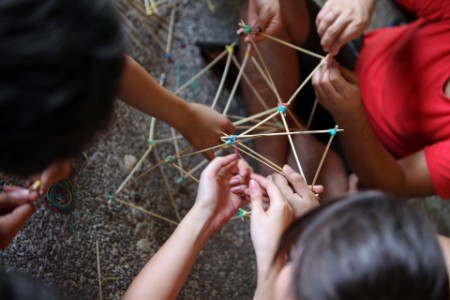For example, recycling is more effective when regulators and companies can work together to provide the right waste materials that can be processed by local infrastructure. If the two are not aligned, recyclable waste is shipped long distances to other facilities or sent to a landfill site. And, in the UK, most municipal authorities can’t recycle soft plastics, so grocery retailers have stepped in to fill that gap by inviting shoppers to bring packaging back to the store for them to recycle.
Companies can also work with regulators to set consistent standards of measurement. This helps to create a level playing field by enabling companies to assess their impact, and how they can improve it, alongside that of their peers and partners.
An unbalanced ecosystem is a design failure
Companies are trying to collaborate on sustainability, but these efforts can be ring-fenced. This means that when projects do work, they are hard to scale and do not deliver their full potential value – for the business, its stakeholders, or for people and the planet.
This underperformance is a failure of design. Different partners have different interests and needs; when companies collaborate, these needs can be prioritized in a way that can lead to unhelpful tensions and conflicts, making it harder to achieve scale and execute on strategy.
Fundamentally, we need to move from narrow “business ecosystems” to broader “stakeholder ecosystems” that integrate a wider and deeper pool of participants. This approach takes a more holistic view. It requires an understanding of what the various parties involved need, who they are dependent upon, where they are creating value and what interdependencies they have with each other. It also casts the net wider, in terms of which partners or groups could be usefully included, what their needs are, and how they should be prioritized.
Policymakers and consumers are not the only stakeholders who tend to be left on the margins, however, their fuller integration would have the greatest impact. This will drive better value creation for everyone involved and deliver more meaningful progress.
Where are the biggest opportunities?
All companies have the opportunity to create or protect value – both for their business and more widely – by optimizing their ecosystems around sustainability. How any specific business can best do this will depend on its overall strategy on sustainability.
Our research invited leaders to characterize their approach through one of four lenses.


